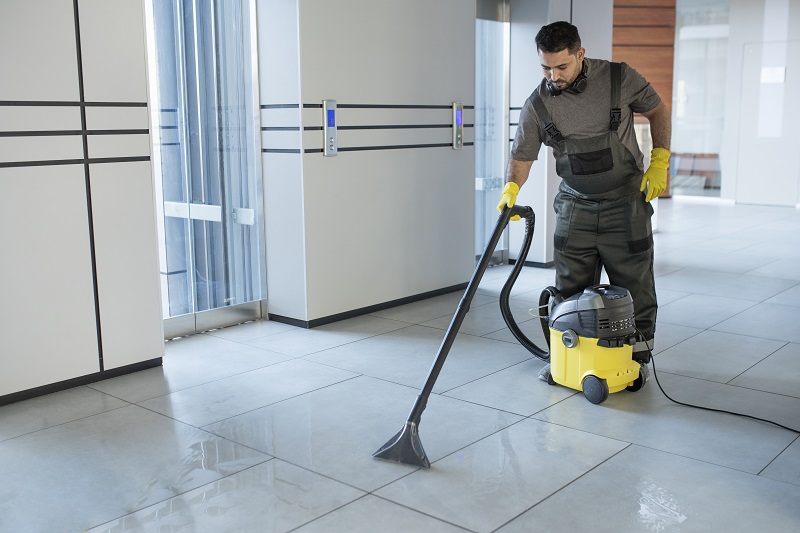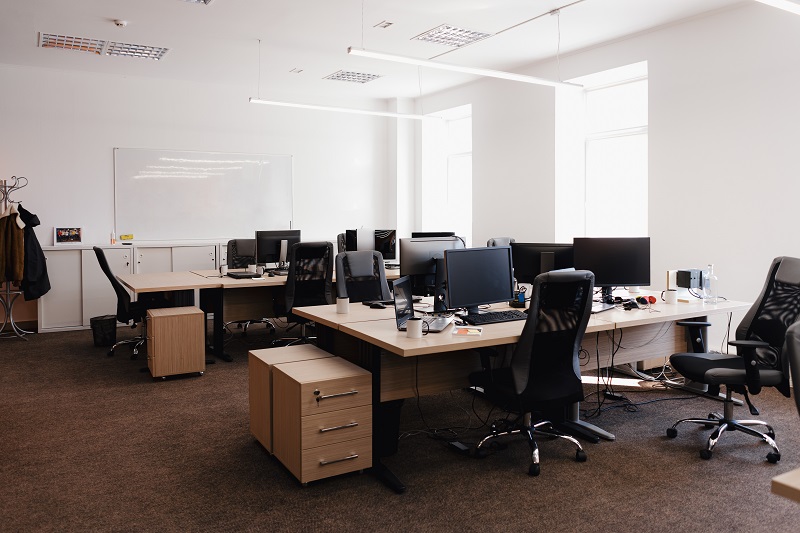
Introduction
A clean and well-maintained office is essential for the health and well-being of employees, clients, and visitors. It helps create a positive work environment, improve productivity, and reduce the spread of germs and illnesses. But what are the best practices for office cleaning? How can you ensure your workplace is always clean, sanitary, and safe? In this article, we will discuss the top office cleaning practices that every business should follow. We will also provide tips and recommendations for creating an effective cleaning schedule, choosing the right cleaning products, and hiring professional cleaning services.
1. Importance of Office Cleaning
Office cleaning is crucial for several reasons. First, a clean workplace promotes a healthier environment by reducing the spread of germs and allergens. This can help decrease the number of sick days taken by employees and improve overall productivity. Second, a well-maintained office can create a positive impression on clients and visitors, reflecting well on your business’s reputation. Finally, regular cleaning can help prolong the life of office furniture, equipment, and fixtures, saving you money in the long run.
2. Creating an Office Cleaning Schedule
An effective office cleaning schedule should be tailored to the specific needs of your workplace. Here are some steps to help you create a comprehensive cleaning plan:
a. Assess the needs of your office: Consider the size of your office, the number of employees, and the type of work being done. This will help you determine how often certain areas need to be cleaned and which tasks require more attention.
b. Prioritize cleaning tasks: Identify high-traffic areas and surfaces that are frequently touched, such as door handles, light switches, and keyboards. These should be cleaned and disinfected more frequently than other areas.

c. Assign responsibilities: Assign cleaning tasks to specific employees or teams, and make sure everyone understands their role in maintaining a clean office.
d. Set a schedule: Determine how often each cleaning task should be performed, whether it’s daily, weekly, or monthly. Be sure to communicate this schedule to all employees and provide reminders as needed.
e. Monitor and adjust: Regularly review your cleaning schedule and adjust as needed. This may involve adding new tasks, changing the frequency of certain tasks, or reassigning responsibilities.
3. Choosing the Right Cleaning Products
Selecting the right cleaning products is essential for maintaining a clean and healthy office environment. Here are some tips for choosing the best products for your workplace:
a. Opt for eco-friendly products: Green cleaning products are better for the environment and can also be less irritating to employees with allergies or sensitivities.
b. Choose products with clear labeling: Make sure the cleaning products you choose have clear instructions for use, including proper dilution ratios and safety precautions.
c. Consider the needs of your office: Some offices may require specialized cleaning products, such as those designed for electronics or certain types of flooring.
d. Keep an inventory: Maintain a well-stocked supply of cleaning products, including disinfectants, sanitizers, and cleaning tools like microfiber cloths and mop heads.
4. Hiring Professional Cleaning Services
While some office cleaning tasks can be handled by employees, it’s often more efficient and effective to hire professional cleaning services. Some benefits of hiring commercial cleaners include:
a. Expertise: Professional cleaners have the knowledge and experience to clean your office thoroughly and efficiently.
b. Time savings: Hiring a cleaning service allows your employees to focus on their work instead of spending time on cleaning tasks.
c. Customized cleaning plans: Professional cleaning companies can create a customized cleaning plan tailored to the specific needs of your office.
d. Access to specialized equipment: Commercial cleaning services have access to specialized equipment and tools that may not be available to your employees.
When choosing a cleaning service, be sure to ask for references, verify their licensing and insurance, and get a detailed quote for the services they will provide.
5. Tips for Maintaining Workplace Hygiene
In addition to following a regular cleaning schedule and hiring professional cleaners, there are several steps you can take to maintain a hygienic workplace:
a. Encourage good personal hygiene: Remind employees to wash their hands regularly, cover their mouths when coughing or sneezing, and stay home when sick.
b. Provide hand sanitizer: Place hand sanitizer dispensers in high-traffic areas and near frequently touched surfaces.
c. Implement a clean desk policy: Encourage employees to keep their desks clean and clutter-free, making it easier to clean and sanitize surfaces.
d. Regularly clean personal items: Encourage employees to regularly clean and disinfect their personal items, such as keyboards, phones, and headsets.
e. Promote a culture of cleanliness: Make cleanliness a priority in your workplace by setting an example and providing regular reminders about the importance of maintaining a clean and healthy environment.
Conclusion
Maintaining a clean and healthy office environment is essential for the well-being of your employees and the success of your business. By creating an effective cleaning schedule, choosing the right cleaning products, and hiring professional cleaning services, you can ensure your workplace remains clean, sanitary, and safe. Additionally, promoting good personal hygiene and a culture of cleanliness among employees can help reinforce the importance of maintaining a clean office. By following these best practices for office cleaning, you can create a positive work environment that benefits both your employees and your business.





